Indoor Plants That Like Direct Sunlight
In this guide, we share indoor plants that like direct sunlight, including the best full sun houseplants and watering & how to care tips.
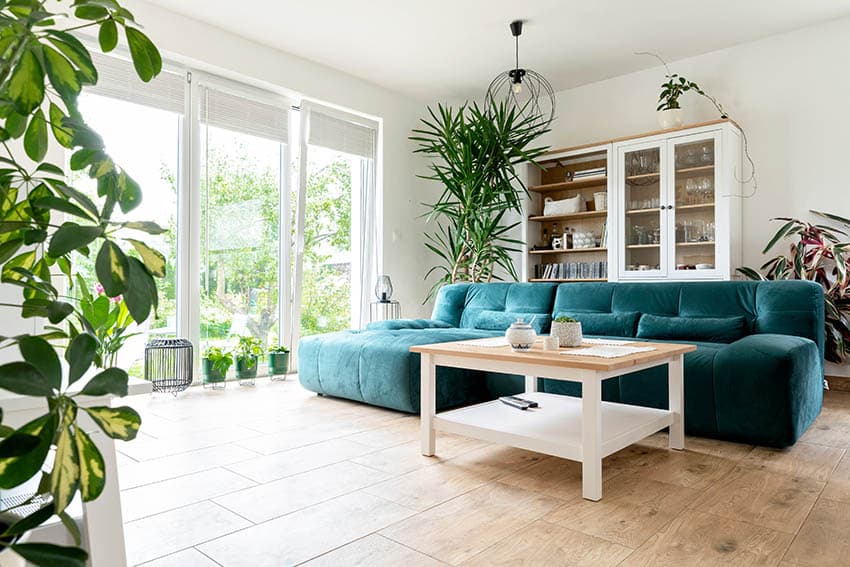
There are endless resources for those seeking plants that thrive in low-light, gloomy environments, such as windowless apartments and offices.
However, for those of us with plenty of windows to shamelessly let in all the sun’s rays, there are long lists of plants that will happily soak them up. [toc]
Direct Sunlight House Plants
Surprisingly enough, there are far more plants that prefer direct sunlight than those that need some shade.
Although typically, a houseplant tag from a big box store will tell you that every species in the place requires bright, indirect light, there’s a lot more to it than just finding a pretty spot for your new plant in your house.
Here are some indoor plants that like direct sunlight:
Succulents & Cacti
Literally any succulent or cactus is going to want direct sunlight, no matter what the care tag may tell you.
Without it, these plants will typically grow out and become less bushy (called “leggy”), which can end up looking less than desirable. Common plants in this category include aloe, kalanchoe, jade, and living stone plants.
Croton Houseplants
Covered from leaf tip to stem in vibrant reds, yellows, and greens, crotons need very bright light to photosynthesize and grow.
Many online sources will say that crotons do not need bright light; however, they will grow tremendously slowly without it!
Indoor Palms
There are a select few palm species meant for indoors that will tolerate moderate light, but most, since they live indoors, will need to be exposed to full sun to thrive.
Low light conditions are apparent when the palm stops putting up new fronds or if the fronds are spread apart.
Snake Plants
This is another species that is often wrongly grouped into the no-light houseplant category, but actually requires quite a lot of light in order to put out any new growth.
When left in dark corners, snake plants will remain the same height; however, once placed into a full-sun room, they grow very quickly.
Snake plants are also known as Sansevierias or Dracaena trifasciata. A large benefit of this type is its a plant that removes toxins from the air.
Philodendrons
While philodendrons should be placed away from the actual glass of windows to prevent burns, they are full sun lovers.
Any philodendron species will tolerate indirect sunlight, but if you want a luscious, vining beauty, then direct sunlight will speed up the process.
ZZ Plant
Adored for its deep green to chocolate brown appearance, the ZZ plant has no boundaries regarding sunlight.
The ZZ plant is great for the spots in your house that are too bright for other plants because it grows depending on how much sunlight it receives, and large ZZ plants are absolutely stunning!
Hibiscus
The hibiscus is another example of a plant that absolutely will not grow or flower without direct sunlight.
Native to Hawaii, the hibiscus is a full sun lover and will flower incessantly with the right amount of light. These plants will even grow in desert regions of the United States, which tells you much about the light requirements of hibiscus, but it needs frequent, fresh water.
Dracaena
Spiky and fun, dracaena (often nicknamed dragon tree) prefer bright, direct light to help them reach those towering heights seen in home and garden magazines.
Their lovely clusters of leaves atop long, wiry stems are great for rooms with vaulted ceilings, as long as there is enough sunlight to keep it upright.
While finding a good place for your plants to drink up the sun coming in through your windows, try to keep in mind the temperature limitations of each species.
Light and temperature are independent forces inside a house, especially since these factors are generally controlled. Generally, it’s best to find a place that gets bright light without the extreme heat and cold of the window glass itself.
Best Full Sun Houseplants
Besides the most common houseplants that like direct sunlight, there are a few out there that every plant person should have, even if it’s just to fill in the spaces where there could be more plants. Of course, it’s really impossible to have too many, but here are a few that are worth trying out.
Little known fact: pineapples are the fruits of bromeliads, and that spiky stem atop your pineapple from the grocery store can be grown into a whole new pineapple plant! Bromeliads come in a very wide variety of colors and patterns, making them super fun to own and the perfect statement piece for that well-lit entryway of yours.
Citrus Trees
If you have a window that gets light all day long, the best thing you can do for your plant collection is add a citrus tree (or three).
Citrus needs cross-pollinators to produce fruit, which can easily be done with a toothbrush or toothpick. Choose a species considered “hardy” if you’re not sure if a citrus tree will thrive in your home. See more indoor tree houseplants here.
Begonia Rex
Quirkiest among houseplants could be the begonia rex, a perfectly spiky-looking, colorful species that thrives in all the sunlight it can get.
Like bromeliads, there are tons of different patterns, shapes, and colors among this species, so, likely, the perfect combination is out there waiting for you to notice it.
Oncidium Orchids
While you probably have one of those phalaenopsis orchids that was once displayed so beautifully in full bloom at the store tucked away in a corner, oncidium orchids are there to provide huge clusters of vibrant, scented blooms.
Orchids are definitely indoor plants that like direct sunlight. In fact, these orchids are happiest in direct sun, watered once or twice a week, and left alone otherwise. If you want foot-long stems covered in vivid colors, this is the plant for you to try.
African Violets
Sure, African violets have been done. Your eldest family members likely remember them from the mid-1900s, when they first became very popular in North America.
Nonetheless, African violets can form huge clusters of blooms, cradled within a nest of velvety-plush succulent leaves. Pinks, purples, reds, and combinations of other colors are available almost everywhere. Remember to only water from the bottom!
Lavender
Calming, pleasantly scented, and comprised of dusty blue, green, and purple, lavender plants add a sense of luxury to any space.
Place in direct sunlight in your house to encourage an entourage of heavenly blooms in spring and summer, but remember to trim back in winter months to bring on new growth.
Direct Sun Houseplants Q & A
How many hours are considered full sunlight?
Generally, full sun is considered to be at least six hours of bright, direct sunlight. However, some plant species will accept far more if they can get it, with some thriving in eight to ten hours of sun per day.
If a plant is receiving full sun, however, be sure to check the moisture in the soil frequently, as full sun will dry a plant out rather quickly.
How to tell if a plant is getting enough sunlight?
Plants will tell you everything they need, though few people possess the patience required to really listen and interpret this information. Signs of too little sunlight are many, and may include:
- Growing out too far between leaves, or becoming “leggy”. You’ll notice this once the plant begins to “climb” toward the nearest source of sunlight; however, moving the plant to a brighter location and periodically turning the pot a bit can help to prevent this issue.
- Deep green or brown hues in leaves that should be vibrant in appearance is a clear sign that a plant is not getting enough light. For example, a jade plant should be a vibrant light green when healthy, with some lighter tones nearest to the stem on each leaf. If these lighter tones can no longer be detected, your plant is crying for more hours of light per day.
- Lack of leaves is another form of plant communication, which shows that the plant is not photosynthesizing enough to maintain a full set of leaves. This generally happens very suddenly, and the plant will begin dropping one leaf after another once it realizes that there isn’t enough light for the full bunch.
In general, if a plant is getting enough sunlight, it will grow evenly and fully. Light green leaves and healthy, thick stems tell you that the plant is getting all the light it needs!
Is sunlight through a window direct sun?
Yes, absolutely, it is, as long as there is no material other than glass between the plant and the light source (sun).
Once the sun falls behind a tree in the yard or a curtain, it is no longer direct sun but diffused (indirect) sunlight. So, as long as the sun’s rays are directly hitting the inside of your home, you have direct sunlight.
Is watering plants in the sun bad?
The short answer is yes and no. The long answer is that it depends on the plant, how you water it, and whether or not you get water droplets on the delicate parts of the plant.
When water droplets sit in the sun, they magnify the rays like a magnifying glass. This can burn spots into the leaves or blooms of the plant if they are thin.
Watering Houseplants in the Sun Tips
If you absolutely must water in direct light, ensure you water only at the base of the plant so that the water soaks into the soil and does not land on the leaves. This measure will help prevent any burn spots, which appear when water droplets are left on the plant tissue in direct light.
Try to schedule your watering to avoid the hottest or brightest part of the day. In very hot climates, getting water on the leaves in the shade is okay, because the water will simply evaporate away quickly.
However, watering in bright, direct sun anywhere else could be detrimental since it can be difficult to water plants only at their bases depending on their morphology.
Ever seen those watering globes at gardening stores? These are a tricky little tool for watering at undesirable times of the day.
Simply fill up the globe with water, push it into the soil near (but not directly overtop of) the roots, and let it drain out into the surrounding soil. Roots spread much farther than you think, so if the plant is potted, aim for the outermost areas of the soil within the pot.
Full Sunlight Houseplants Tips
Aside from the many houseplants listed above that thrive in direct sunlight, quite a few species will not live without it.
Consider the string-of-pearls, for instance, which quickly withers away into stringy, brown stems without the proper amount of light. Cattleya orchids also do not thrive without at least 3,000 footcandles of light every day.
Although it may sound daunting to try and meet light requirements for picky plants, six hours of direct sunlight is generally enough for most species that would need more sun than most, but alternate light sources are available, as well.
Artificial light is a great way to provide enough sunlight to help a plant maintain its full beauty, but those expensive grow lights aren’t necessary; any full-spectrum LED bulb will do the trick.
You may also consider ways to help guide the natural light into your house. If you have dark or matte walls, consider hanging a few decorative mirrors to reflect some of the light from the windows back into and around the room. Lighter paint colors and glossier sheens add yet another factor of light reflection.
Remember to always research how much light to provide your plants. You may find that some plants that say “direct sunlight” on them prefer to sit behind a sheer curtain near the window instead of being directly exposed to the sun’s rays.
Once you understand what your plants are trying to tell you, it’s easy to find a spot where they’ll grow and thrive happily.
What are your favorite indoor plants that like direct sunlight? Let us know your thoughts in the comments. For more related content, take a look at our guide to plants that are safe for cats here.


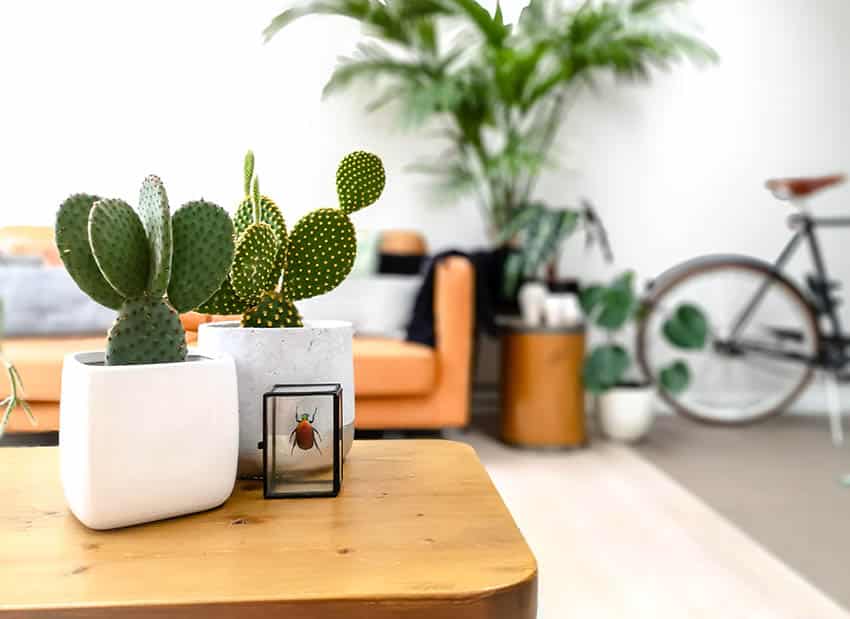
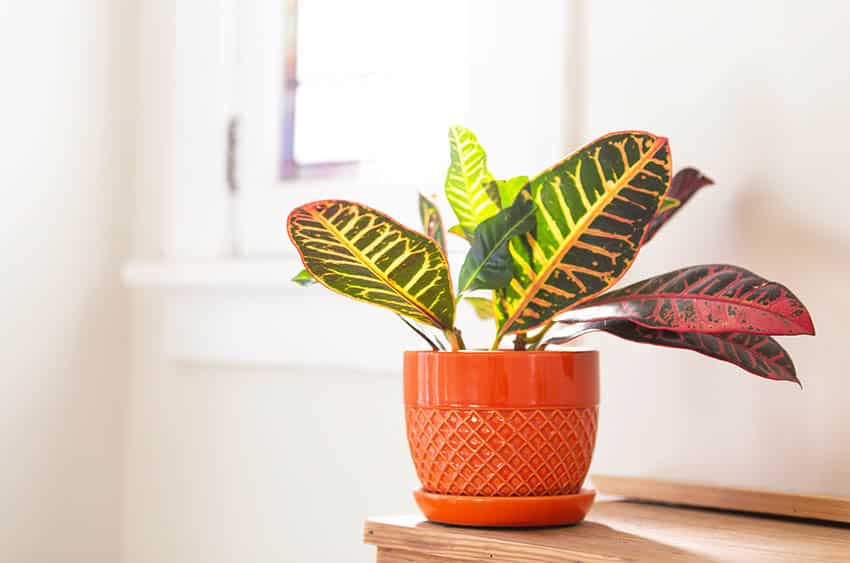
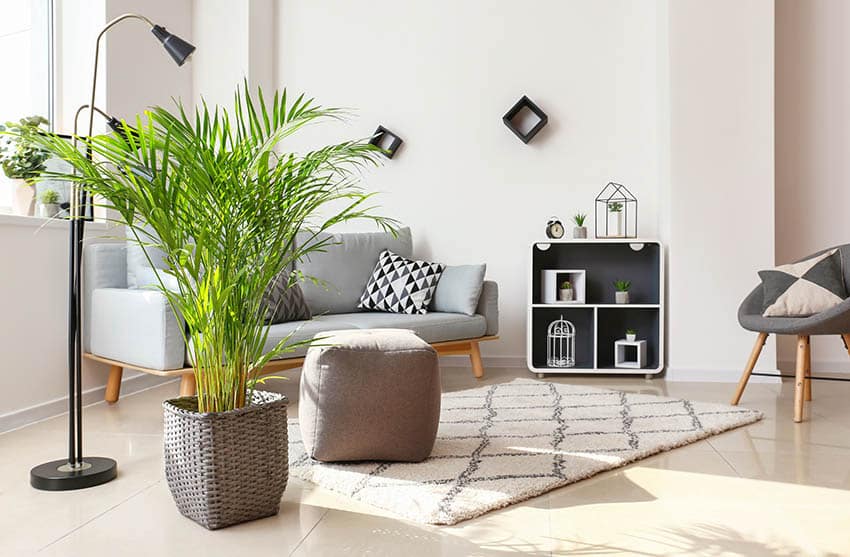
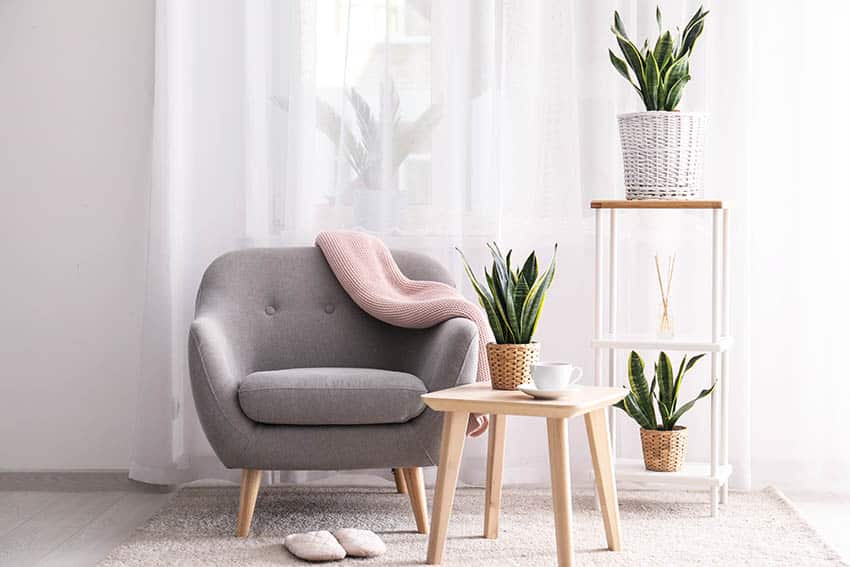
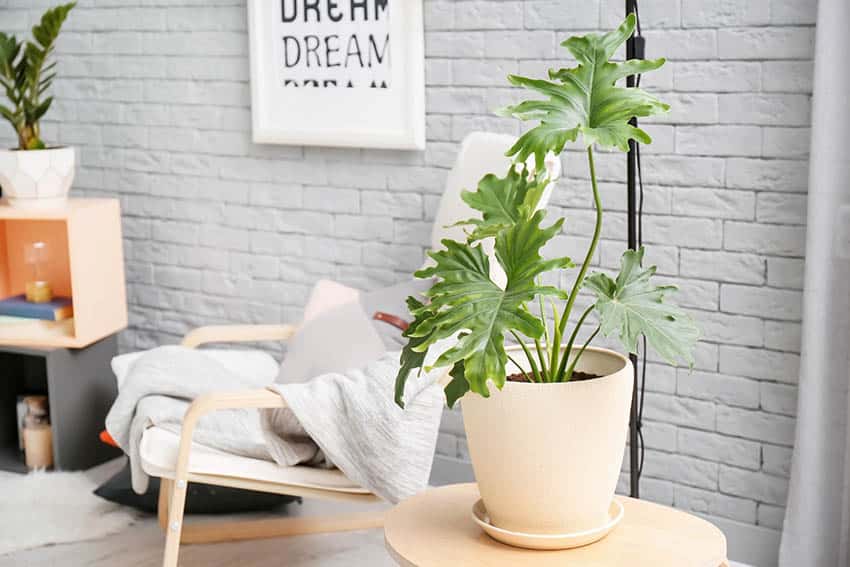
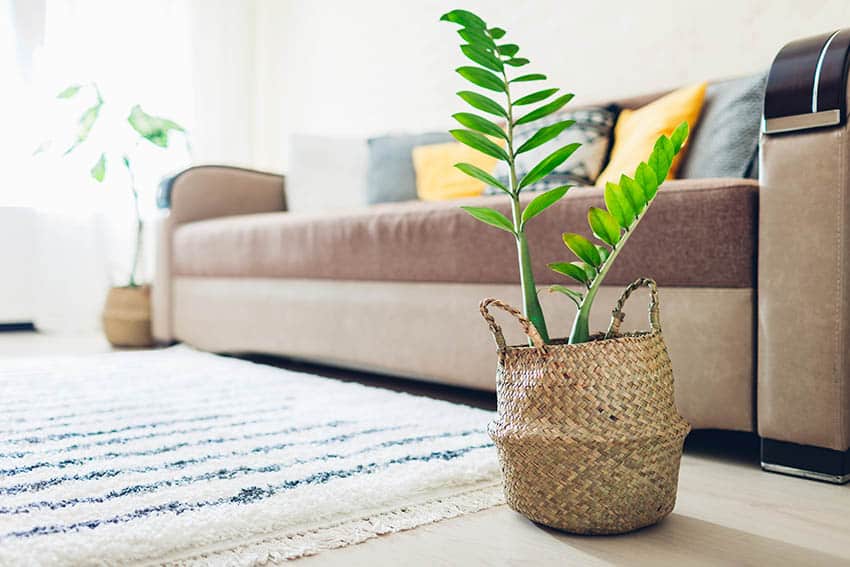

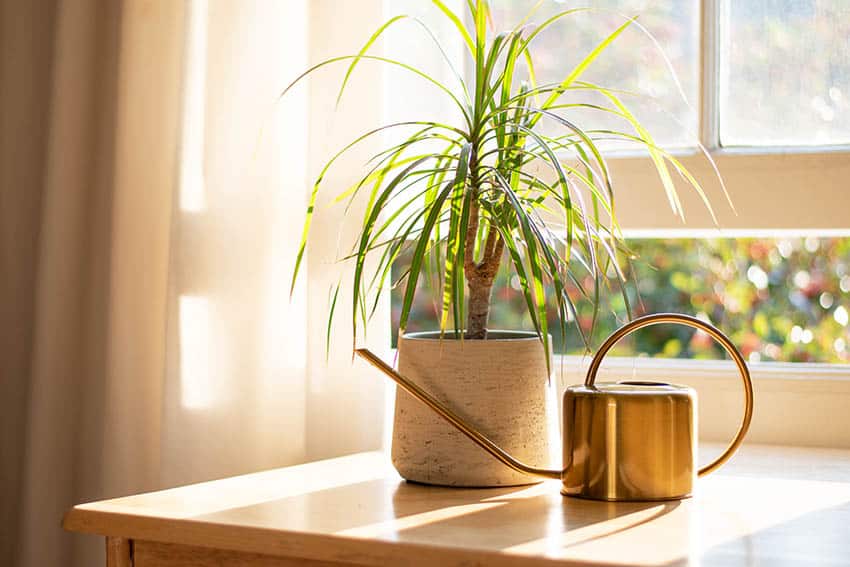
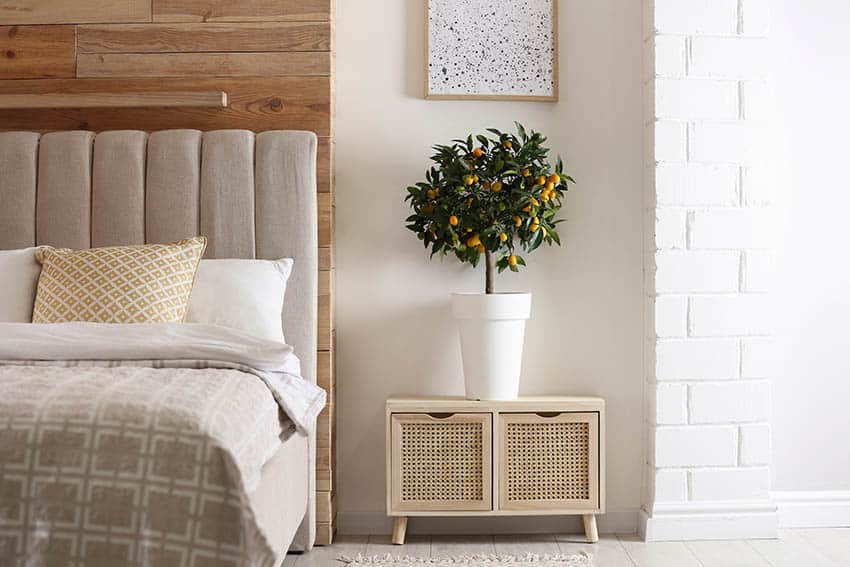
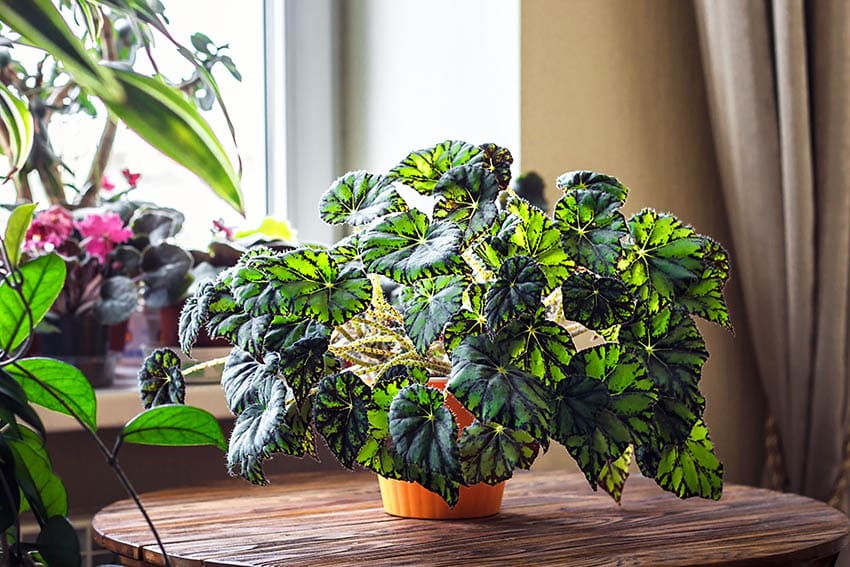
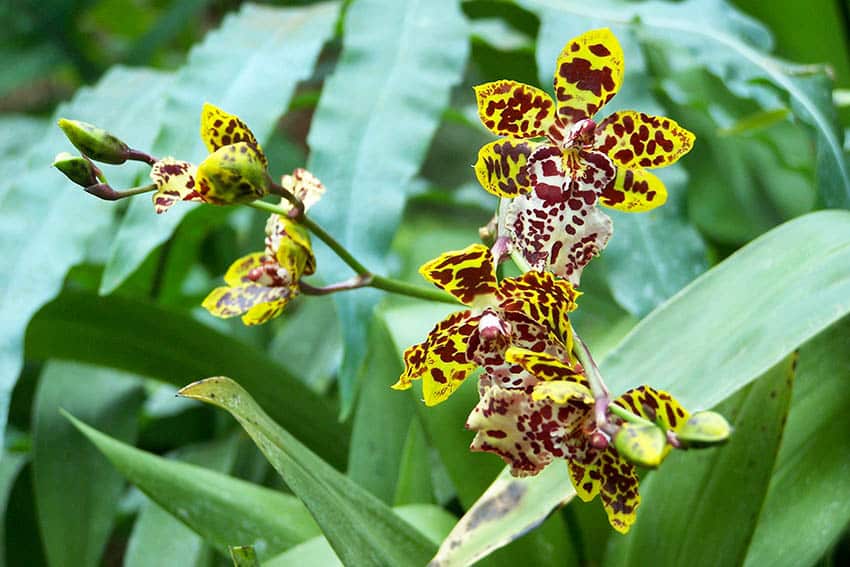
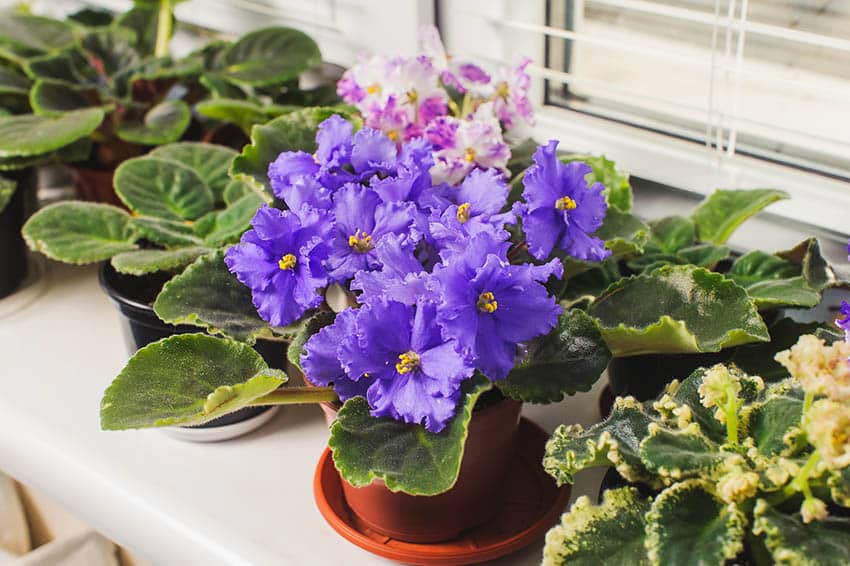


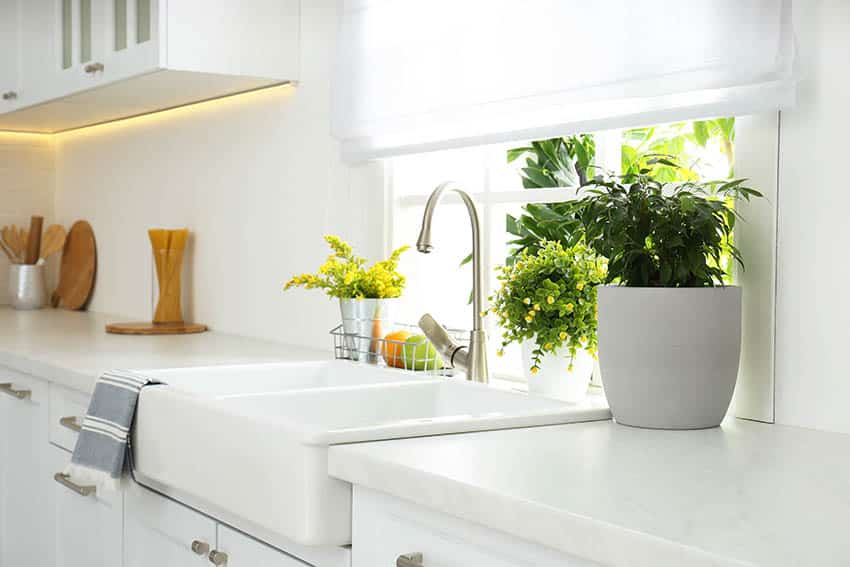




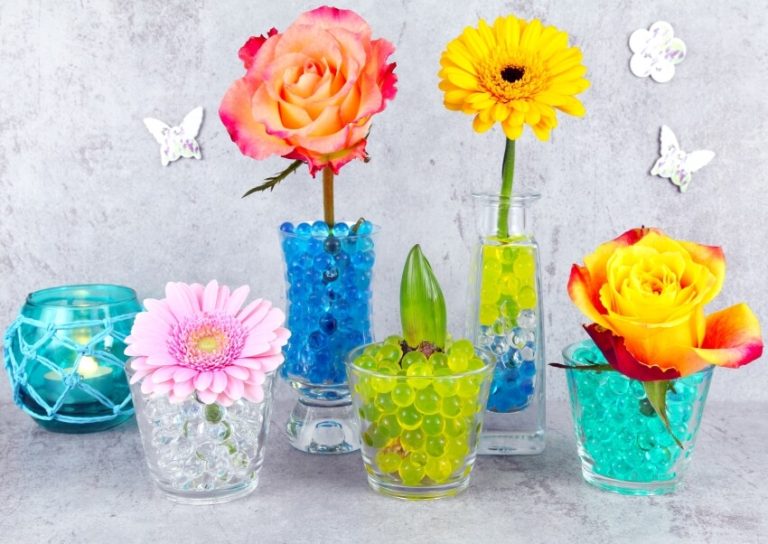
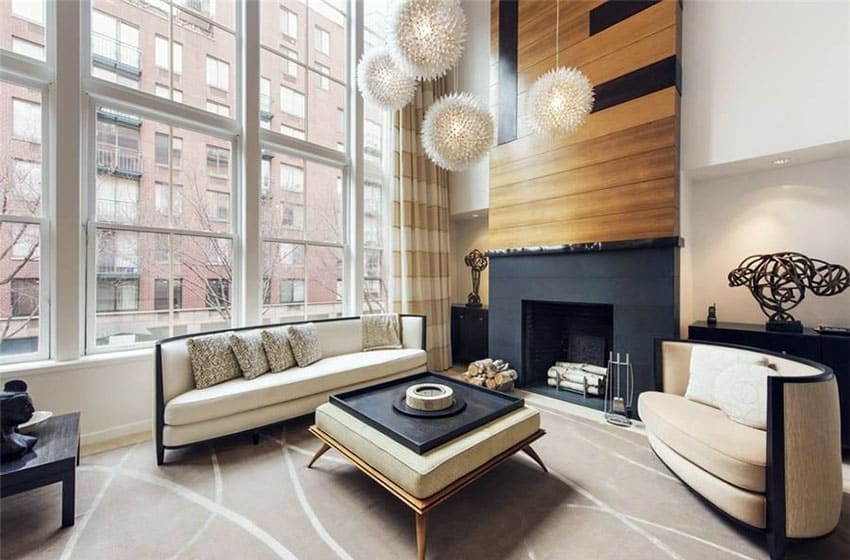

Aloe vera makes great houseplants for rooms with indirect sun light. I don’t think aloe houseplants do the best in direct sun. What I really love about aloe is they are very low maintenance and require little watering. I have a bad way of forgetting to water my plants sometimes so I appreciate heartier plants.